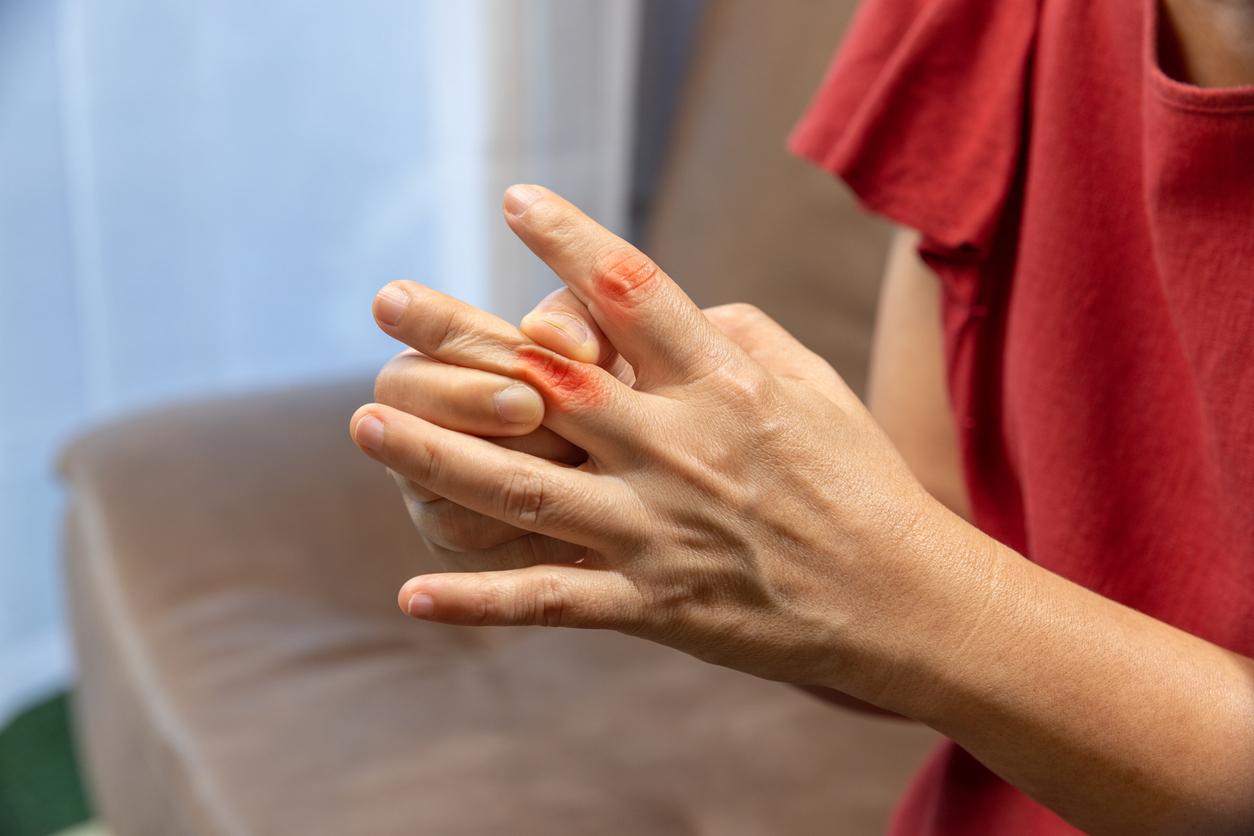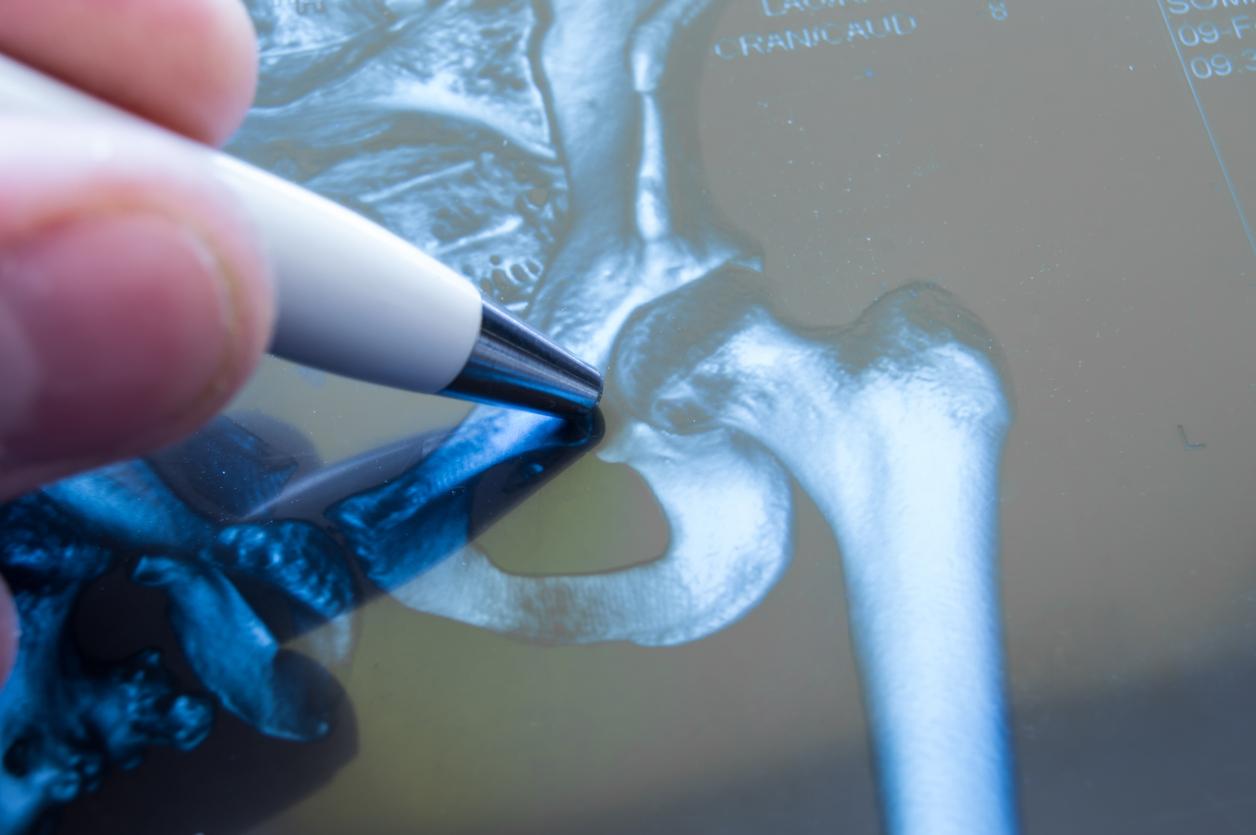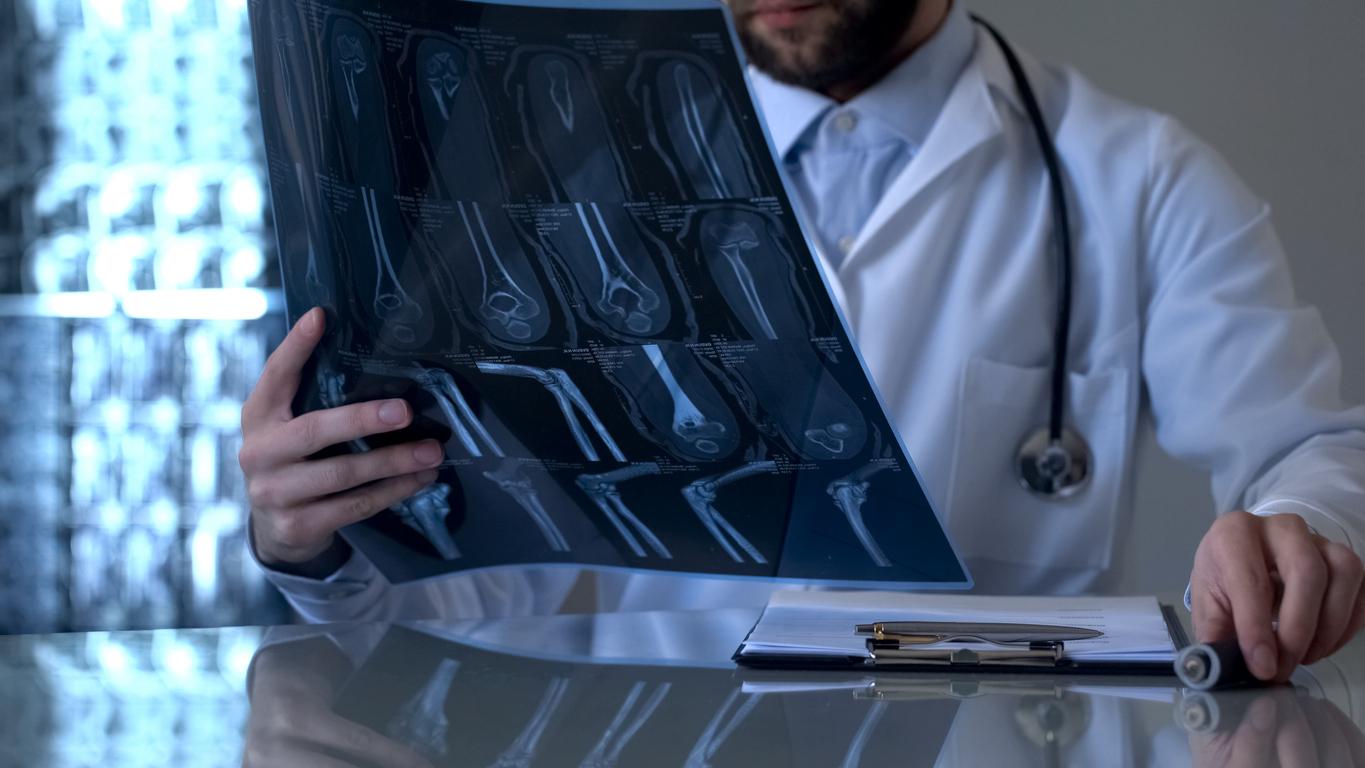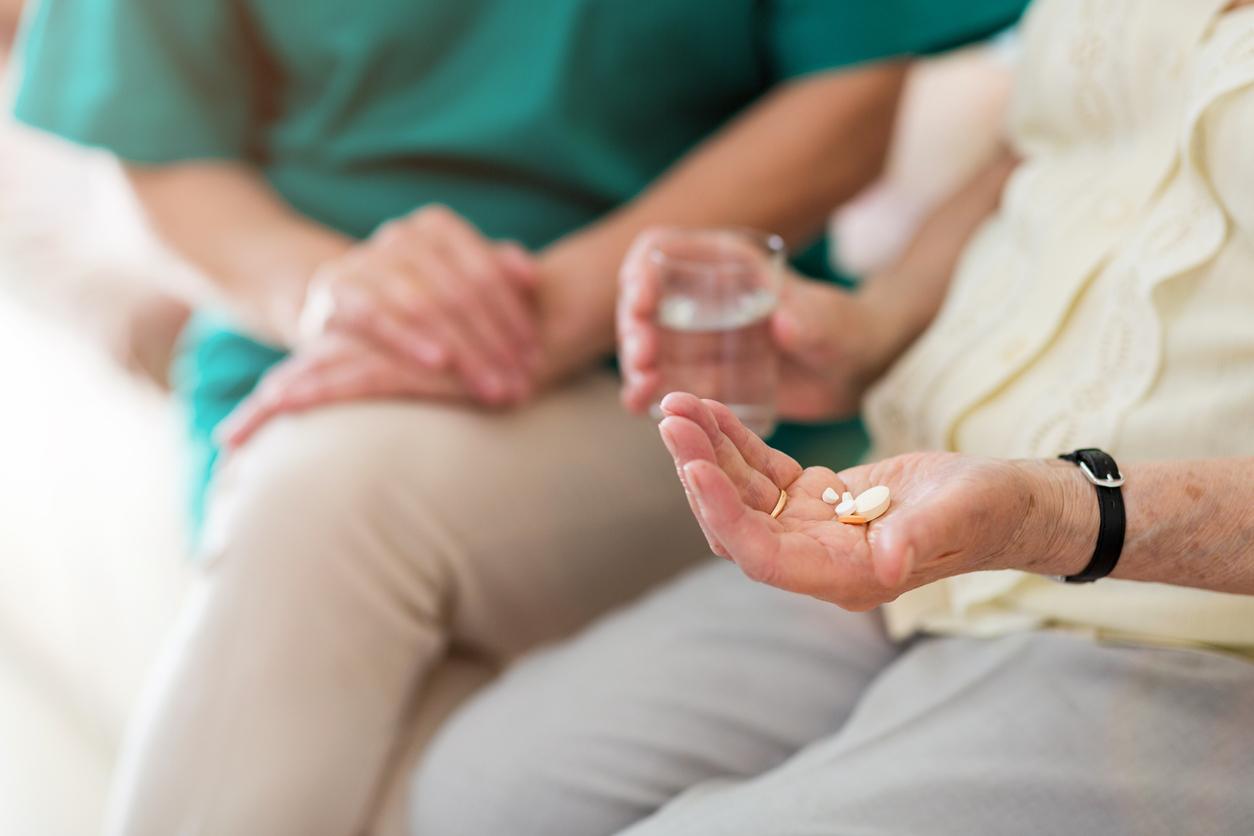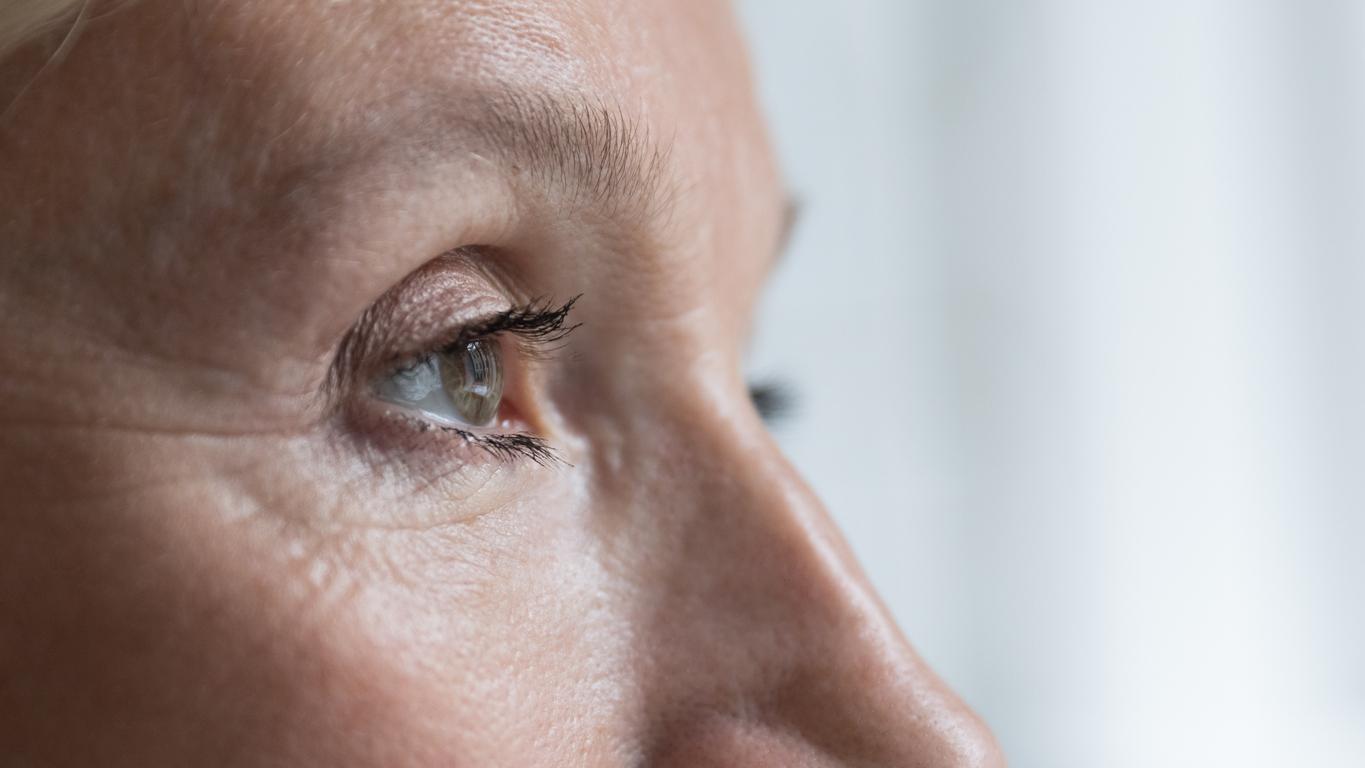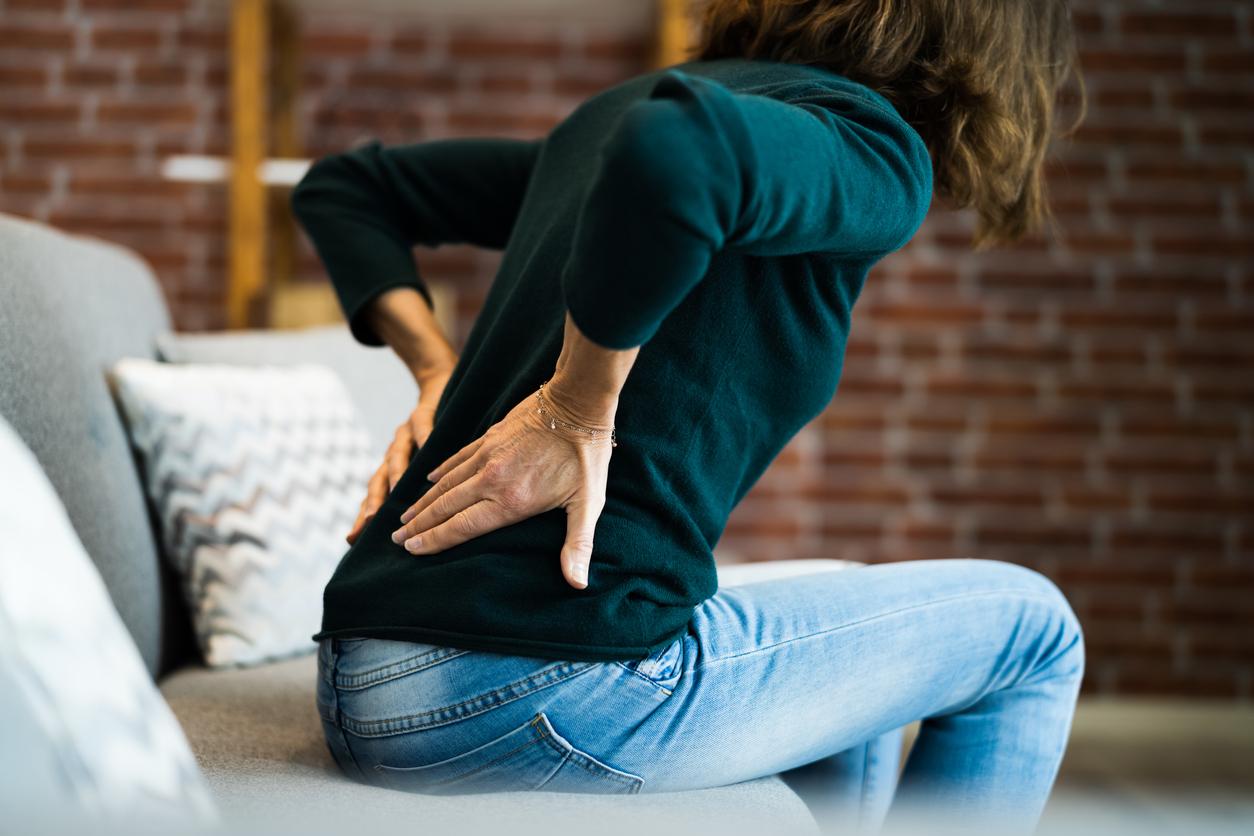How to preserve your spine when you suffer from osteoporosis? What exam(s) should I do?
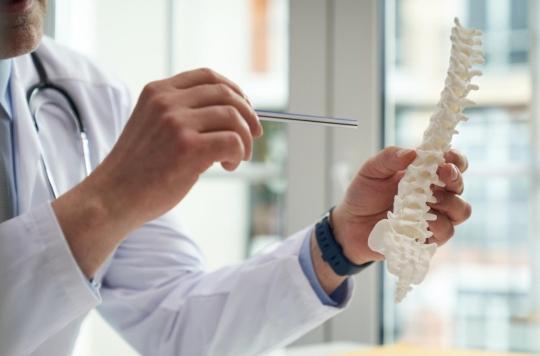
- 39% of women over 65 suffer from osteoporosis
- Osteoporosis is involved in more than 400,000 fractures each year in France.
- The most common are vertebral, femoral neck and wrist fractures.
Bone health declines as we age, and some people develop bone-related conditions, such as osteoporosis. Its incidence increases sharply with age. It is characterized by adecrease in bone density and alterations in bone micro-architecture”explains theHealth Insurance. Those affected have more fragile bones and a higher risk of fracture.
What causes osteoporosis?
Osteoporosis is an aggravation of a natural phenomenon: bone remodeling. The disease accelerates bone loss. The main form of this pathology is related to age, but other elements can increase the risk of being affected by it: taking certain medications, endocrine diseases, lack of physical activity, being too low in weight, vitamin D deficiency, excessive consumption of tobacco and/or alcohol.
Screening needed
In the event of a fracture, without significant trauma beforehand, osteoporosis is suspected. To detect it, the first step is an appointment with a general practitioner, who will ask the patient a series of questions, in particular about his or her history. “If the presumption of osteoporosis is strong, the reference examination is the measurement of bone densitometry (BMD)noted Inserm. It provides a score that will be compared to a reference value in young adults: the lower the BMD, the higher the risk of fractures.“This test involves passing a beam of energy through the body, and measuring what comes out.”The simplest energy source to use is an X-ray source, as for standard radiography“, specifies Inserm. The examination is not painful, and does not require either injection or sampling. “The measurement is usually made on two sites: the lumbar spine and the hip (region of the neck of the femur)”completes the Institute.
Additional examinations
“However, it has been found that 30-40% of patients with a typical osteoporosis fracture have sufficient amount of bone“, Explain Didier Hans, Associate Professor at the Center for Bone Diseases at the CHUV (Switzerland). With a team from Chuv, in partnership with Inserm, they have therefore developed a new tool “to provide information on the quality of the bone and its microarchitecture in order to significantly reduce the number of misdiagnosed patients“. Called Trabecular Bone Score (TBS), it is a computer software, installed on the densitometer, which will give a result in a few seconds. In 2012, it was validated by the Food and Drug Administration in the United States. United.
Another tool, called FRAX®, and developed by the WHO, allows “to assess the risk of fractures in patients over 40 years of age“. It is able to calculate the probability of fracture for the next ten years. For health professionals, this helps to prescribe appropriate treatment, which will reduce the risk of fracture. In 2013, in France, 177,000 people over 50 were hospitalized for an osteoporosis-related fracture.










